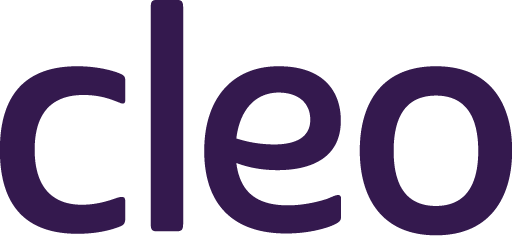It would be easy to start 2022 off with a continuation of the doubt and pessimism of the past two years. Here in my corner, however, I see a great deal to be optimistic about when it comes to how companies are waking up to why it’s time to show up for working families more than ever before.
While the data of the aptly titled (and far from over) Great Resignation is troubling—our own surveys of working parents have tracked a steady rise in parents leaving their jobs since September 2020, jumping to 50% at last count, and reporting from McKinsey finds parents more likely to have left their jobs in recent months than their non-parent counterparts—there are also many reasons to be optimistic about a new path forward that brings change to the ways we support families in our workplaces.
The biggest benefits trend to expect in this new year is that employers will embrace new ways of supporting working families, en masse—and how we think about “dependent” benefits will forever shift, for the better. Pre-pandemic, we were already seeing positive signs of change such as increasingly equal access to parental leave—offered by nearly three-quarters of employers as of 2019—along with a rapid rise in access to caregiving leave, jumping from three to 27 percent in only two years. The pandemic has forced attention on the needs of working families, igniting a trend in providing them needed support.
To get more specific, here are three big shifts to expect as we plot our new path forward. We can’t wait to turn the page and move into a new transformative chapter together.
- Caregivers are your greatest asset—and they’re waiting for you to act.
Nearly three-quarters of the American workforce actively care for others in addition to their work as managers and contributors to our businesses. In addition to working parents, more than 1 in 6 workers care for an elderly or dependent adult, and their numbers are rising. Our current—and far outdated—ways of working have never served this demographic, and in fact, have disadvantaged them and their families for decades. In 2022, businesses out in front will embrace caregivers, create bias-free workplaces, and offer benefits that support them now along with backing legislative solutions. - Flexible work is in charge and there’s no going back.
While more flexibility largely allows working parents to stay in the workforce and achieve more balance, it can have some unintended consequences that require innovation. We’ll begin seeing more benefits solutions that allow families to build support systems around their unique needs instead of building their life around commuting to an office. Also, we can no longer rely on in-person connections to understand how employees are feeling. In this remote era, it’s important that employers provide benefits and adopt policies that allow their employees to feel heard, seen, and supported. The companies who adopt flexible, supportive benefits that meet working parents where they are, are the ones who will attract and retain diverse talent in this era of flexible work. - Yesterday’s DE&I metrics don’t belong to tomorrow’s companies.
Companies have made earnest commitments to diversity, equity, and inclusion, but to date, these commitments have largely been examined through the lens of hiring and recruitment. Recognizing that a thriving, inclusive workplace is one that fosters real belonging, businesses are embracing broader and more meaningful DE&I measures. We’re already seeing, and will continue to see, a welcome expansion of DE&I’s sphere of influence into employee health and engagement, utilizing policy and benefits as levers for change.
